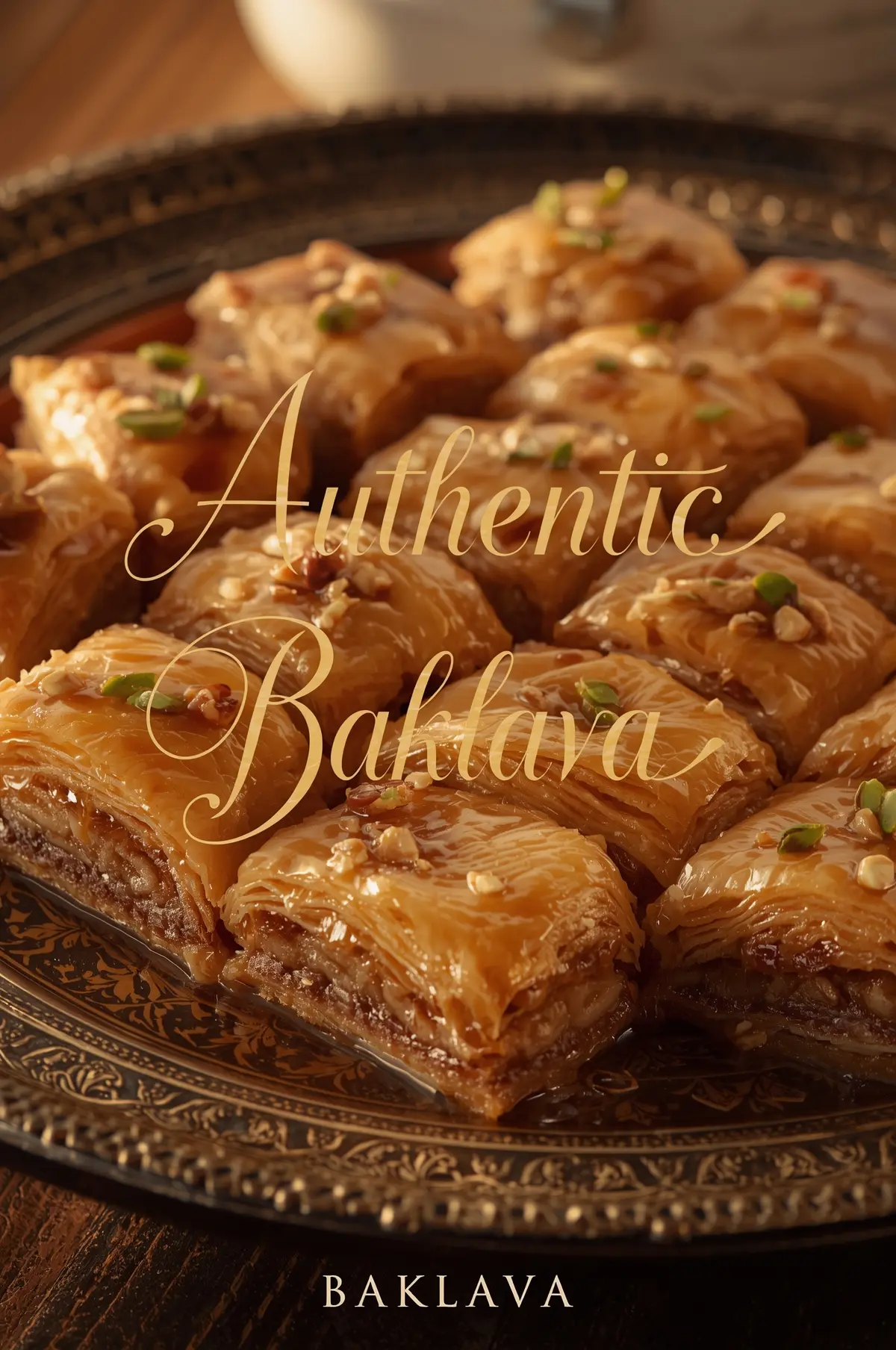Baklava is a rich, sweet dessert pastry with layers of flaky phyllo dough, chopped nuts, and a fragrant honey syrup. Originating from the Middle East and Mediterranean regions, this classic treat is loved for its delicate texture, buttery flavor, and irresistible sweetness. Making authentic baklava at home may seem challenging, but with careful layering and the right technique, you can enjoy this timeless dessert anytime.
Ingredients
For the Baklava:
- 1 package (16 ounces) phyllo dough, thawed
- 2 cups (200g) chopped nuts (walnuts, pistachios, or a mix)
- 1 teaspoon ground cinnamon
- 1 cup (225g) unsalted butter, melted
- 1/4 cup (50g) granulated sugar
For the Honey Syrup:
- 1 cup (240ml) water
- 1 cup (200g) granulated sugar
- 1/2 cup (170g) honey
- 2 tablespoons lemon juice
- 1 teaspoon vanilla extract
- Optional: 1 teaspoon ground cinnamon or a few drops of rose water for flavor
- Durability and Style – This lastest Howork stand mixer equips with 660W high performance pure copper…
- 6.5Qt Food Grade Bowl with handle – 6.5QT stainless steel mixing bowl provides enough capacity to ma…
- 10+Pulse Speed Settings – 10 speeds for nearly any task or recipe.The powerful performance of planet…
Preparation Steps
Step 1: Preheat and Prepare
- Preheat your oven to 350°F (175°C).
- Grease a 9×13-inch baking dish with butter.
Step 2: Prepare the Nut Mixture
- In a bowl, combine chopped nuts, sugar, and ground cinnamon.
- Mix well and set aside.
Step 3: Layer the Phyllo Dough
- Unroll phyllo dough and cover with a damp towel to prevent drying.
- Place one sheet of phyllo in the prepared pan and brush lightly with melted butter.
- Repeat layering 7–8 sheets, brushing each with butter.
- Sprinkle a thin layer of the nut mixture over the phyllo.
- Continue layering 7–8 sheets of phyllo, then add another layer of nuts.
- Repeat until all nuts are used, finishing with 7–8 layers of phyllo on top, brushing each with butter.
Step 4: Cut the Baklava
- Using a sharp knife, cut the baklava into diamond or square shapes before baking.
Step 5: Bake
- Bake in the preheated oven for 45–50 minutes, or until golden and crisp.
Step 6: Prepare the Honey Syrup
- While the baklava bakes, combine water and sugar in a saucepan over medium heat.
- Stir until sugar dissolves, then add honey, lemon juice, vanilla extract, and optional cinnamon or rose water.
- Simmer for 10–15 minutes, then remove from heat and let cool slightly.
Step 7: Soak the Baklava
- Once the baklava is out of the oven, immediately pour the warm syrup evenly over the hot pastry.
- Allow the baklava to cool completely, absorbing the syrup for several hours or overnight for best results.
Step 8: Serve
- Gently separate the pieces along the pre-cut lines.
- Serve at room temperature with tea or coffee for a delightful treat.
Tips for Perfect Baklava
- Keep phyllo dough covered while working to prevent drying out.
- Use a mix of nuts for richer flavor and texture.
- Pour syrup while the baklava is hot to ensure it soaks evenly.
This Authentic Baklava offers a perfect balance of crisp, buttery layers and sweet, nutty goodness. With its golden texture and rich honey syrup, it’s a dessert that impresses every time.
Have you given our recipe a try?
0.0
0.0 out of 5 stars (based on 0 reviews)
Excellent0%
Very good0%
Average0%
Poor0%
Terrible0%
